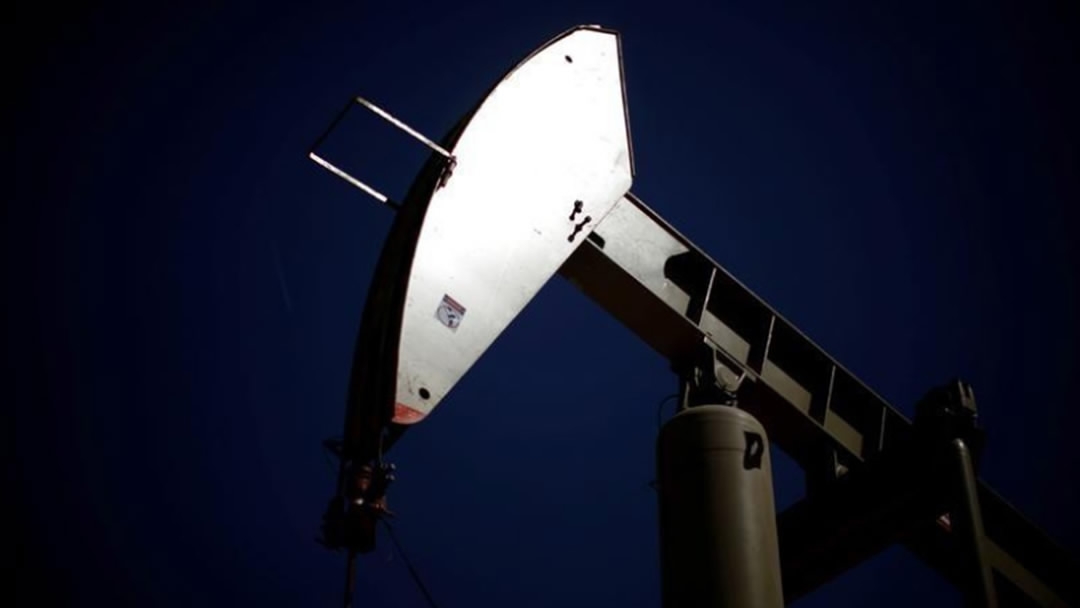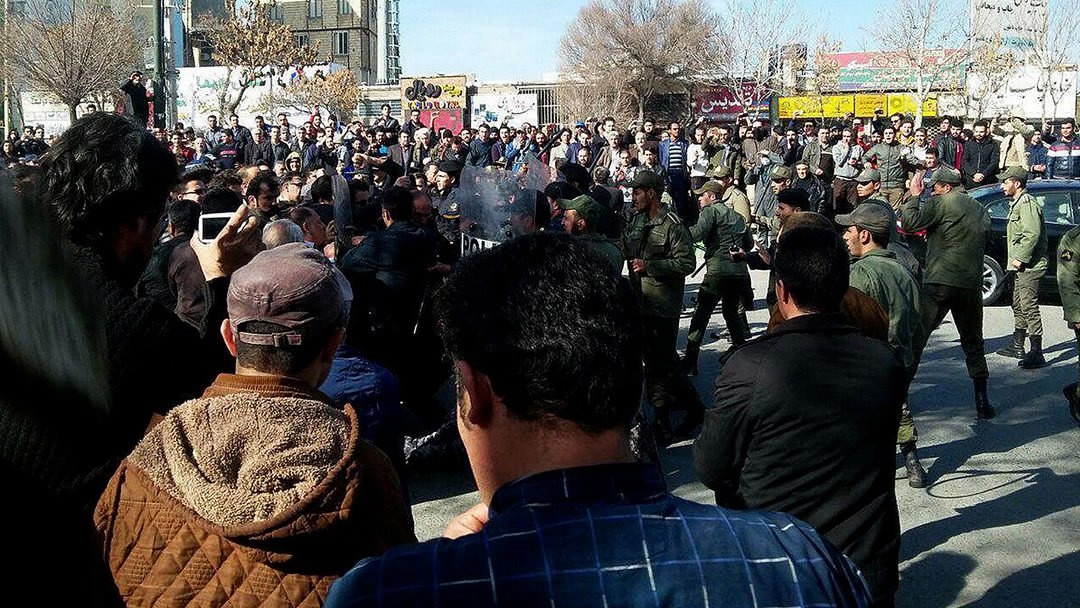
Business
18:30, 04-Jan-2018
Oil at highest since mid-2015 amid Iran tensions, tighter market
CGTN

Oil prices hit their highest on Thursday in more than two-and-a-half years, touching levels not seen since before a slump in commodity markets in 2014/15, boosted by tensions in key producer Iran and by ongoing OPEC-led output cuts.
Prices were also buoyed by Asia’s stock markets, which flirted with 10-year highs on Thursday amid strong data from leading economies including the US, Japan and Germany.
US West Texas Intermediate crude futures CLc1 were at 62.16 US dollars per barrel at 0752 GMT, up 53 cents, or 0.9 percent, from their last close. They touched 62.21 US dollars shortly before, their highest level since May 2015.
Brent crude futures LCOc1 - the international benchmark for oil prices - were at 68.23 US dollars per barrel, up 39 cents, or 0.9 percent, after revisiting a May 2015 high of 68.27 US dollars shortly before.
Beyond a brief intra-day spike in May 2015, these were the highest crude price levels since December 2014, at the start of the oil price downturn.
Freezing weather in the US has also spurred short-term demand, especially for heating oil.

Iranian protester shot dead by police during protests against high prices and a faltering economy under President Hassan Rouhani on December 30, 2017. /VCG Photo
Iranian protester shot dead by police during protests against high prices and a faltering economy under President Hassan Rouhani on December 30, 2017. /VCG Photo
“The market is clearly getting more bullish on oil as inventory levels get closer to the five-year average. Geopolitical uncertainty in Iran, OPEC’s third largest producer, is also helping to support the price as citizens are again protesting the government,” said by William O’Loughlin, investment analyst at Rivkin Securities.
Iran’s elite Revolutionary Guards have deployed forces to three provinces to put down anti-government unrest that has been going on for a week, their commander said on Wednesday.
The unrest in Iran has not affected the country’s oil output, however.
“The continued Iranian protests have triggered off a ‘what if’ reaction in an already extremely skittish oil market,” said Sukrit Vijayakar, director at energy consultancy Trifecta.
He added that beyond potential strikes by Iranian oil workers, the risk of supply disruptions was low as Iran’s oil resources are not near any of the major population centers or sites where the protests are playing out.
In the US, crude oil inventories fell by 5 million barrels in the week of December 29 to 427.8 million barrels, industry group the American Petroleum Institute said on Wednesday.
Potentially undermining the trend toward tighter market conditions is US oil production C-OUT-T-EIA, which has risen by almost 16 percent since mid-2016, hitting 9.75 million barrels per day at the end of last year.
Official US Energy Information Administration storage and production data is due on Thursday.
Source(s): Reuters

SITEMAP
Copyright © 2018 CGTN. Beijing ICP prepared NO.16065310-3
Copyright © 2018 CGTN. Beijing ICP prepared NO.16065310-3